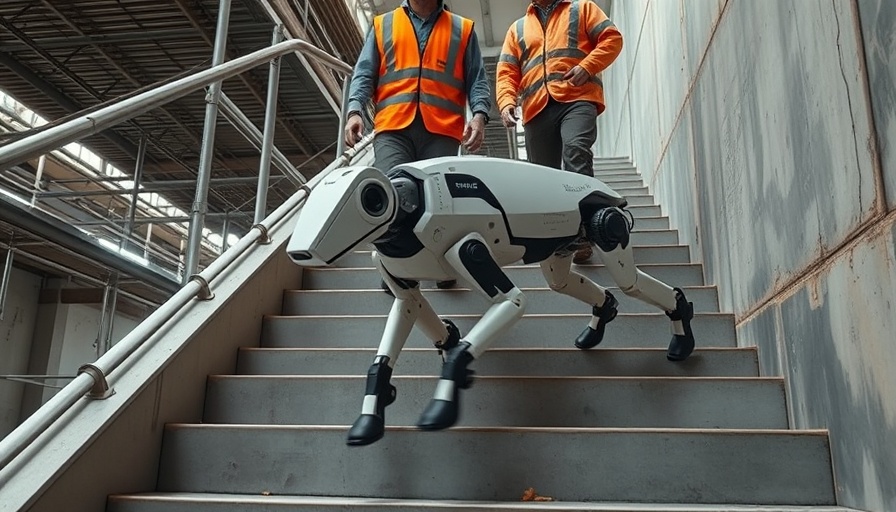
New Leadership Signals Growth in Dallas' Construction Sector
Evan McKee has stepped into a pivotal role as the new Chief Operating Officer (COO) for Suffolk Construction's Dallas/Fort Worth team, marking a significant move for the Boston-based firm. With a rich background from Whiting-Turner, McKee is expected to expand the company’s involvement in commercial, healthcare, and higher education projects. This hiring comes at a critical moment when the demand in the DFW metroplex for construction services is growing rapidly.
Experience That Matters: Why McKee's Hire is Strategic
McKee's extensive career at Whiting-Turner, where he served over two decades, has equipped him with a wealth of experience in managing group operations very focused on healthcare and education sectors. His previous roles included being the regional healthcare market coordinator, preparing him well for the complexities and unique challenges of these industries. As Brad Brown, president of Suffolk Texas, noted, "Evan brings a unique perspective to the team, especially given the growing needs of healthcare and higher education institutions in Dallas.”
Suffolk’s Tech-Forward Approach to Construction
One of McKee’s significant tasks at Suffolk will be leveraging innovative technologies to enhance construction processes. Suffolk has been actively integrating advanced technologies such as drones, AI, and robots into their operations. For example, at the DFW Electric Central Utility Plant, Suffolk is implementing the most extensive tech pilot programs in its history. Such a tech-focused approach ensures that projects are not only completed efficiently but also adapt to the evolving demands of clients.
Current Projects Highlighting Suffolk’s Ambition
Currently, Suffolk is managing a variety of high-profile renovations, including significant work at the University of Texas at Dallas Research Operations Center. This ongoing project aims to convert classroom spaces into an advanced battery research lab, demonstrating Suffolk's commitment to innovation and adapting to modern educational needs. Similarly, the DFW Terminal C Renovation project is set to enhance passenger experiences at one of Texas's busiest airports.
A Bright Future for Suffolk in DFW
With McKee at the helm, Suffolk Construction is poised to dramatically influence the construction landscape in Dallas. As the need for modernization grows, particularly in healthcare and education, Suffolk's expanded capabilities could very well place them at the forefront of this burgeoning sector. The fusion of traditional construction expertise with cutting-edge technology could reshape how projects are delivered, promising a future where efficiency and innovation walk hand in hand.
 Add Row
Add Row  Add
Add 




Write A Comment